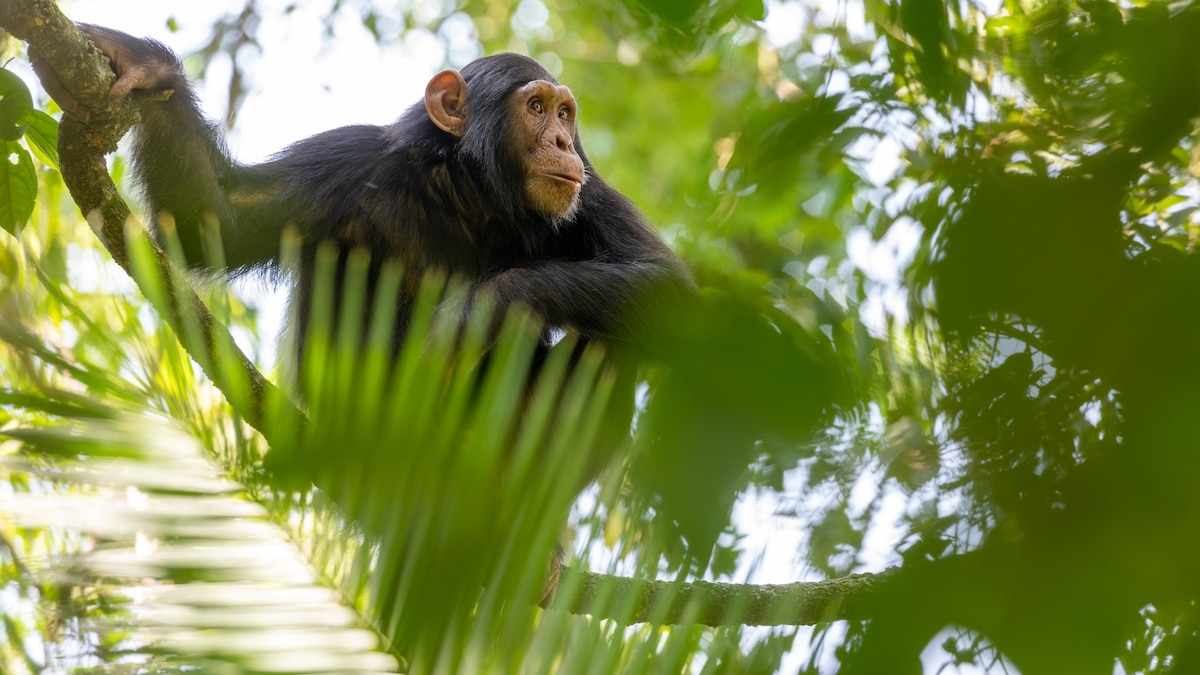Now Reading: Do Chimpanzees Have Rhythm? Hear Them Drum
-
01
Do Chimpanzees Have Rhythm? Hear Them Drum
Do Chimpanzees Have Rhythm? Hear Them Drum

Quick Summary
- Researchers found that chimpanzees in West Africa rhythmically drum on tree roots too communicate across long distances.
- Studies observed over 350 performances, noting regional and individual styles of drumming combined with vocalizations (“hooting”).
- This rhythmic communication may have parallels with early human music and language progress, suggesting shared ancestral traits between humans and chimpanzees.
- Drumming styles reflect social structures: faster drumming in cohesive western chimpanzee groups, slower drumming in more hierarchical eastern groups.
- Another study analyzed 4,000 recorded sounds from 53 chimps to reveal complex vocal call combinations conveying nuanced meanings during activities like feeding or nesting.
- These behaviors resemble key linguistic phenomena found in human language and coudl represent an evolutionary bridge between simpler animal calls and open-ended human communication systems.
Indian Opinion Analysis
The discoveries surrounding chimpanzee rhythmic drumming and vocalization system provide intriguing insights into the origins of human creativity and communication. By highlighting similarities between primate behavior and human music-making or language use, these studies may deepen our understanding of evolution’s trajectory. For India-a nation steeped in rich traditions of rhythm-based art forms like classical percussion-it underscores how worldwide rhythm is not just culturally significant but possibly biologically rooted.
Moreover, the differences observed between chimpanzee communities based on social dynamics resonate with India’s own vast diversity among linguistic and musical traditions tied to cultural contexts. The findings also underline the urgent need for global conservation efforts; protecting wildlife habitats can safeguard these unique behaviors that broaden scientific understanding. These lessons seem particularly pertinent given India’s commitment to preserving biodiversity under schemes such as Project Tiger or other forest conservation measures.

























